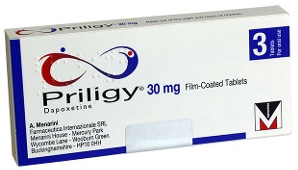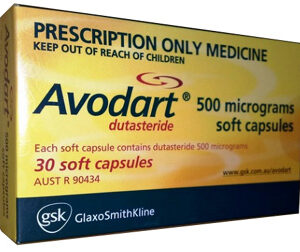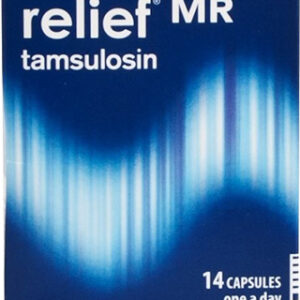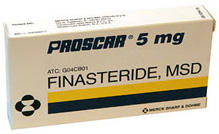Overview of Dapoxetine
Dapoxetine, a selective serotonin reuptake inhibitor (SSRI), is primarily prescribed for the treatment of premature ejaculation (PE) in men. As the only pharmacologic agent approved for such treatment in some countries, dapoxetine is designed to improve control over ejaculation and reduce distress related to rapid ejaculation.
Pharmacological Action
Dapoxetine works by inhibiting the serotonin transporter, increasing serotonin’s action at the postsynaptic cleft, and as a consequence promoting ejaculatory delay. The compound is a fast-acting SSRI, distinct from others in its class due to its pharmacokinetic profile.
Indications for Use
Dapoxetine is indicated for the treatment of premature ejaculation in adult men aged 18 to 64 years who meet all the following criteria: persistent or recurrent ejaculation with minimal sexual stimulation before, on, or shortly after penetration and before the patient wishes; and marked personal distress or interpersonal difficulty as a result of PE; and poor control over ejaculation.
Dosage and Administration
The recommended starting dose for all patients is 30 mg, taken as needed approximately 1 to 3 hours prior to sexual activity. In cases where the 30 mg dose does not provide an adequate effect, and the side effects are tolerable, the dose may be increased to the maximum recommended dose of 60 mg. Dapoxetine is not intended for continuous daily use and should be taken only when sexual activity is anticipated.
Drug Interactions
Dapoxetine should not be used in combination with monoamine oxidase inhibitors (MAOIs), thioridazine, SSRIs, serotonin-norepinephrine reuptake inhibitors (SNRIs), or tricyclic antidepressants. There is a risk of significant drug interactions with these medications, which can result in serotonin syndrome, a potentially life-threatening condition. Additionally, dapoxetine should be prescribed with caution in patients taking phosphodiesterase type 5 inhibitors due to potential reduced orthostatic tolerance.
Pharmacokinetic Properties
Dapoxetine is rapidly absorbed with maximum plasma concentrations (Cmax) occurring approximately 1-2 hours after tablet intake. The drug is rapidly distributed throughout the body and is extensively metabolized in the liver and kidneys. The initial half-life is relatively short, approximately 1.3-1.4 hours, and the total body clearance is high. The pharmacokinetic profile of dapoxetine makes it suitable for on-demand treatment of premature ejaculation.
Possible Side Effects
Common side effects of dapoxetine include nausea, dizziness, headache, diarrhea, insomnia, and fatigue. Less frequent side effects can include increased blood pressure, erectile dysfunction, lower libido, and abnormal dreams. Most side effects are mild to moderate and are transient, diminishing as the body adjusts to the medication.
Special Populations Considerations
Dapoxetine is contraindicated in patients with significant pathological cardiac conditions, such as heart failure (NYHA class II-IV), conduction abnormalities, significant ischemic heart disease, or significant valvular disease. Additionally, it should not be used in patients with moderate to severe hepatic impairment or in those with a history of mania or severe depression. Caution is advised in the use of dapoxetine in elderly patients as there is limited data on its safety and efficacy in this population.
Overdose Management
In case of overdose, symptomatic treatment should be administered as appropriate. Due to the possibility of rapid onset of an adverse event, vital sign monitoring should be performed, particularly for symptoms affecting the cardiovascular system. Since there is no specific antidote for dapoxetine, in the case of overdose, standard supportive measures should be adopted as required.
Instructions for Patients
Patients should be instructed to take dapoxetine with at least one full glass of water to reduce the risk of orthostatic hypotension (a rapid drop in blood pressure upon standing). It is essential to advise patients that dapoxetine is to be used only prior to anticipated sexual activity and not as a continuous treatment. Furthermore, patients should be made aware of the potential for side effects such as dizziness and changes in blood pressure, which could affect their ability to drive or operate machinery.
Storage and Handling
Dapoxetine tablets should be stored at room temperature, between 15°C to 30°C, and protected from moisture. The medication should be kept in its original package until use to protect from moisture and should not be used after the expiry date printed on the box. It should also be kept out of the reach of children.
Formulations and Strengths
Dapoxetine is available in tablet form, with each tablet containing either 30 mg or 60 mg of the active ingredient. The tablets are usually film-coated, which aids in swallowing and protects the active ingredient from moisture and light. The decision between the two strengths should be based on efficacy and tolerability assessed by a healthcare provider.





Reviews
There are no reviews yet.